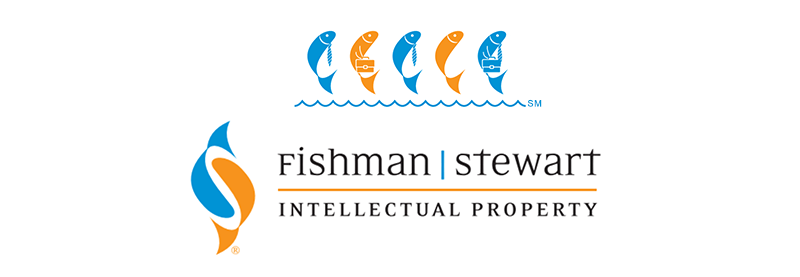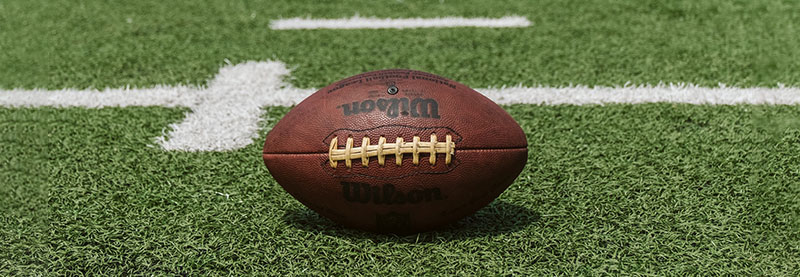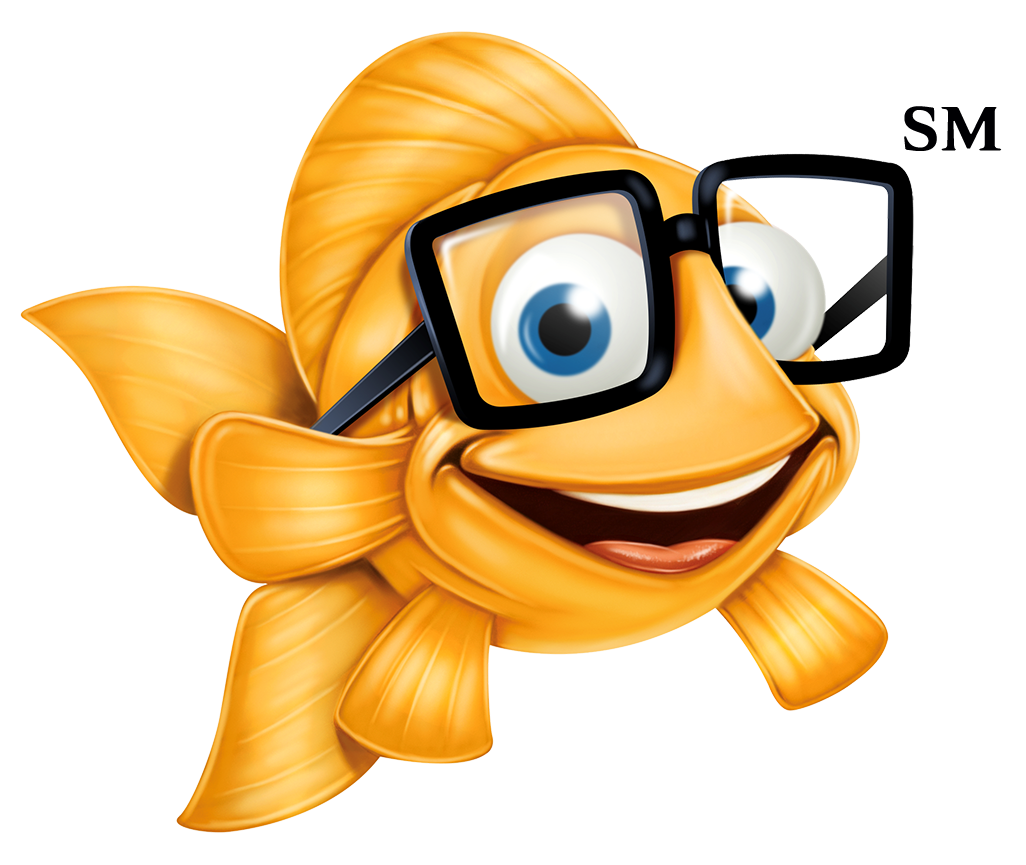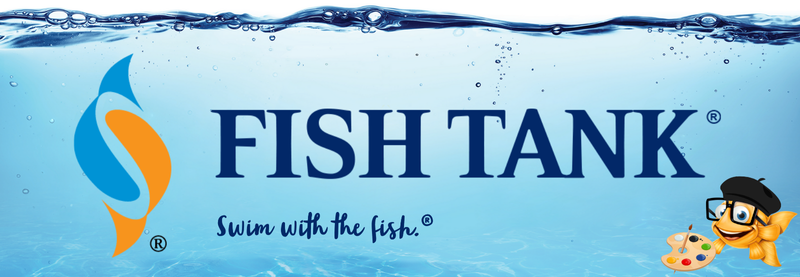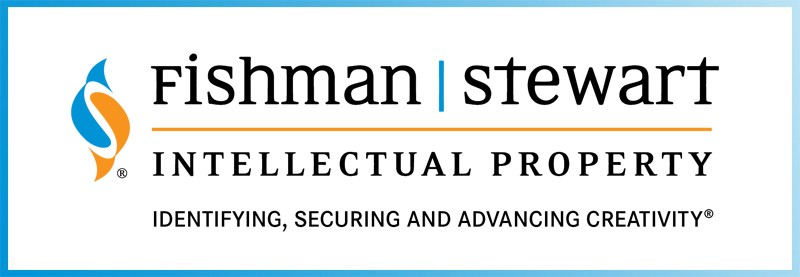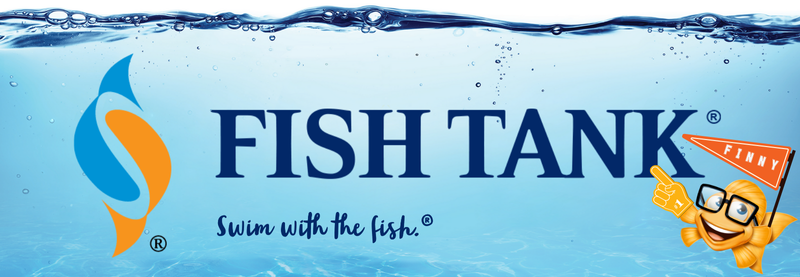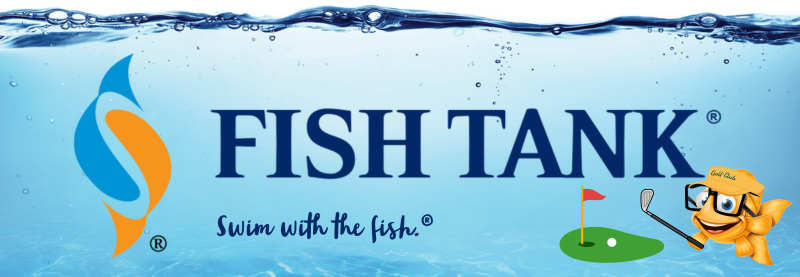Intellectual Property Insights from Fishman Stewart PLLC
Newsletter – Volume 24, Issue 1
Share on Social
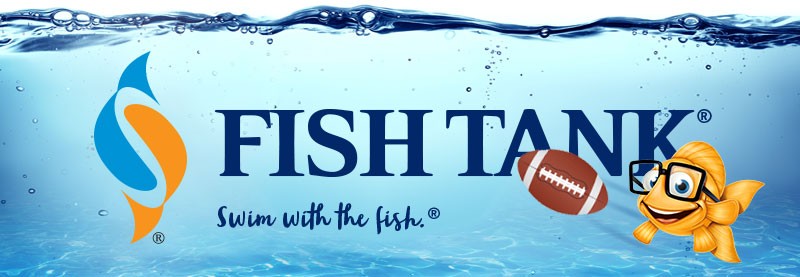
Tom Brady: Michigan’s Greatest QB Backup?
Twenty-six years ago, the Michigan Wolverines won a national championship in football. The greatest quarterback in NFL history, Tom Brady, was on that roster but didn’t start a single game, sitting behind starter Brian Griese. You could say he had a supporting role in that national title.
If the Maize and Blue win Monday’s national title game against the Washington Huskies, Brady would have a supporting role in another Michigan title. But how?
NIL.
NIL, which stands for “Name Image Likeness,” is a term for the rights each person can sell or license others to use for a variety of purposes. NIL falls under the right of publicity, a form of intellectual property right that is governed by state laws (no federal right exists), and generally vests in each person, including yours truly, the right to control commercial depictions of their identity.
In June 2021, college athletes were no longer prohibited by NCAA rules from commercializing their NIL. Since then, NIL rights have rapidly morphed into a boom economy for college athletes as exemplified by Iowa Hawkeye basketball superstar Caitlin Clark (proud two-time Iowa alum here), famous for her game-winning “logo” three-pointers.
NIL deals often take the form of appearing in advertising campaigns, such as Powerade’s deal with five college football athletes for the 2023 season. NIL rights can also be used to create brands that capture an aspect of an athlete’s identity and popularity—these brands are protected by trademarks. Trademarks are, simply, marks of trade—symbols, names, designs, or any designation that is used to identify a source of goods or services.
University of Florida quarterback, Graham Mertz, registered a trademark for a “GM” logo design shown below for use on various clothing items. He filed the application when he was quarterback for the University of Wisconsin in 2021.

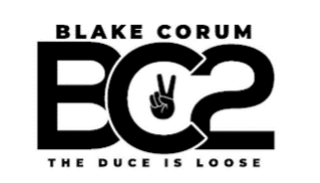
On the year, McCarthy has accounted for 25 total touchdowns, and based on On3’s NIL value estimates, McCarthy has earned about $56,000 per touchdown, or $1.4 million total (as of January 4th), tops on the team. For comparison, McCarthy’s estimated NIL value is $530,000 more than the 2023 salary for Brock Purdy, the top candidate for MVP in the National Football League.
Among McCarthy’s NIL deals? Tom Brady’s apparel brand, BRADY BRAND.
If Michigan wins on January 8th, Brady would be playing a supporting role to another title-winning Michigan quarterback—Griese’s backup in 1997-98, and McCarthy’s NIL support this season.
Thanks to leveraging intellectual property rights—Brady’s trademark and McCarthy’s NIL rights—Tom Brady has a strong chance to earn a very unexpected honor to his long list of accomplishments (including seven Super Bowl wins): “best backup quarterback in Michigan history.”
Alexander JSW Johnson is an attorney at Fishman Stewart with more than 10 years of extensive experience in trademark and intellectual property matters. He works in the firm’s Trademark Practice Group. He holds a B.A. in Art (studio emphasis) and Journalism.
Related Content from Fishman Stewart
People have long pondered whether or not the Giza pyramids were indeed solely burial chambers, which was the only known, and archaeologically determined, use—until now.
As the story goes, Klein was so taken with the indescribable blue of the sky over the Mediterranean in Nice, France, that he dedicated his artistic talent developing a blue that would imbue the canvas with this color in its purest form.
Despite her pseudo-legal background in Suits, Meghan has been running into one issue after another in her efforts to register the trademark and logo for her new lifestyle company, for now, called “AS EVER”.
By 1930, efforts began in New York to replace Mother's Day with Parent's Day because men were more than just breadwinners. Those efforts didn't catch on, probably because in that era, women often spent more time in the home.
In February, Nike and Skims announced that they will be working together on a new brand, NikeSkims. The co-brand will create a new line of training apparel, footwear, and accessories specifically designed to meet the unique needs of women athletes.
Generally, federal courts have exclusive jurisdiction over copyright cases, and often, this presents an insurmountable paywall for individual artists and small businesses to vindicate their rights, especially where the value of the individual copyrighted works are relatively low.
Dedicated to raising public awareness about the importance of encouraging innovation and creativity throughout the world, the World Intellectual Property Organization (WIPO) annually observes World Intellectual Property Day on April 26 to showcase the role that patents, trademarks, industrial designs, copyrights and trade secrets play in our everyday lives.
Hold onto your foam fingers, sports fans – college sports just got a whole lot more interesting! The latest updates to Name, Image, and Likeness (NIL) rules are making student-athletes bigger than ever, and it’s not just about the game anymore.
Did a federal court in Louisiana recently decide that US copyrights are global rights? It seems so.
L.A.B. Golf aims to protect its innovations, and therefore its market position, owning three patents for its zero-torque design. The question now is whether L.A.B. Golf can withstand the wave of copycat designs.
IDENTIFYING, SECURING AND ADVANCING CREATIVITY®
